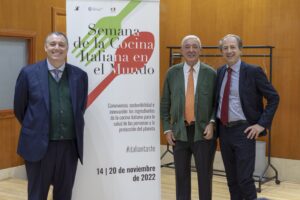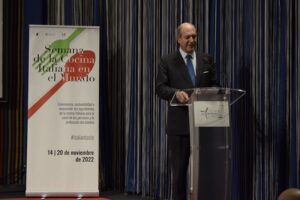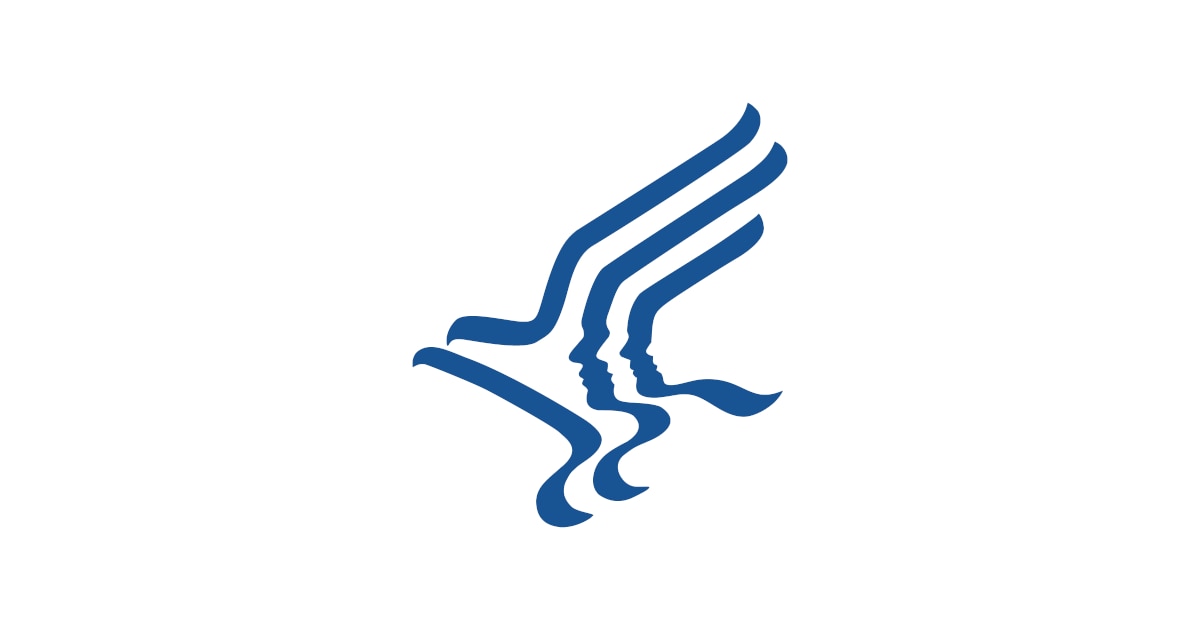
During this week, different activities have been developed around the Mediterranean diet and Italian gastronomy promoted by the Italian Embassy in Spain. As always, it has been a pleasure for SEDCA and its Healthy Food Foundation to collaborate in the development of these activities.
On Thursday, November 17, a conference on this topic took place at the Faculty of Medicine of the Complutense University of Madrid by Dr. Piretta, from the university. Rome Biomedical Campus. Next, at the Italian Institute of Culture, a technical day was held with the participation of Italian experts (Dr. Gabriele Volpato from the University of Gastronomic Sciences of Pollenzo, Dr. Raffaele Carraro from the Autonomous University of Madrid, Dr. Luca Piretta) and Spaniards (prof. Jesús Román, president of the scientific committee of SEDCA)
The event, inaugurated by the Minister of Agriculture, Food Sovereignty and Forestry Francesco Lollobrigida, through a video message, by Ambassador Guariglia and by the Director of the Italian Institute of Culture, Mª Luisa Pappalardo. For some time now, the importance of gastronomy becoming healthier has been emphasized. In this sense, the European Commission a few years ago raised the need to reduce diseases and disorders related to poor diet. To achieve this, it was proposed, among other objectives, to modify the nutritional information that appears on the front of food labeling. This is how the Nutriscore nutritional traffic light was born, from which Italy stands out by highlighting all its weaknesses and contraindications for the health of consumers. To try to raise awareness of the importance of nutritional education and, in this regard, of labeling on the front of packaging, the Italian Embassy in Madrid has promoted on Thursday, November 17, the conference ‘Mediterranean diet and nutritional education What role do the labels on the front of the container play?’ at the Faculty of Medicine of the Complutense University of Madrid. An activity framed within the celebration of the VII edition of the Italian Cuisine Week in Spain that was recently held (although another related initiative will be held on the 25th at the University of Salamanca).
In opening the event before a large audience of people, Antonio Villarino, president of the Spanish Society of Dietetics and Food Sciences and professor at the Complutense University, pointed out how these types of activities are “very good and connect with our work in disseminate all issues related to nutrition within the university framework, as in this case.”
Roberto Nocella, First Counselor of the Italian Embassy in Madrid, has indicated how the Week of Italian Cuisine in the World constitutes an important moment to disseminate Italian cuisine and gastronomic culture, the Mediterranean diet, which Italy shares with Spain, and promote . a healthy diet.
“Both the products of the Mediterranean diet and the health of consumers are affected by the spread of Nutriscore, a labeling system against which Italy positions itself.” «For this reason we have worked to organize an event at the Faculty of Medicine of the Complutense University in which an internationally renowned expert such as Professor Luca Piretta, from the Biomedical Campus of Rome, participates, where the issue of labeling could be addressed. . of food from a scientific perspective,” said the counselor.
Next, the teacher. Piretta has given an extended presentation mentioning the obesity epidemic that has been suffered in the last 40 years, the importance of the intestinal microbiota, whose health depends on the variety of foods we eat, and has also explained the concept of body composition ( “You can also be obese when you lose weight”) and chrononutrition (“we are not the same at 7:00 in the morning or 12:00 at night”), until we get to the labels on the front of the containers.
In this last regard, he highlighted that «the choice of front labeling is a very important issue that will be developed in the coming months when the European Union decides on the type of label to use.» Professor Piretta has pointed out how “there are labels that demonize fats without considering that we have to consume a certain amount of fats. What matters in nutrition is not what we eat but what we do not eat: it is not appropriate to take into consideration a single food but the set of foods we absorb and eating habits. Rest is also fundamental.” Regarding one of the central themes of the Italian Cuisine Week, Professor Piretta has indicated that “conviviality allows us not only to be comfortable with others eating together, but it is also part of education because we are together we see «The others eat different things: coexistence is the best way to educate children.»
Furthermore, the professor recalled that “many of the typical products of the Mediterranean diet such as oil and cheese are going to be heavily penalized with the Nutriscore system, which is not based on the concept of a diet, but on a series of prohibitions and of distinctions between supposedly “good” and “bad” foods, although this type of food does not exist but rather diets that can be good or bad.
We prevent people from stopping eating Mediterranean diet products simply because they are rated negatively by the Nutriscore, which is the result of “an arbitrary algorithm without scientific evidence,” he indicated, adding that “requesting exceptions as some countries do for their own typical national products is not appropriate as each one would do their own thing.” The Professor has also highlighted how «the Nutriscore leads to absurd situations such as French fries that receive a better grade than Mediterranean diet products because the calculations are made before frying.»
The alternative that Italy proposed to this type of labeling is the so-called Nutrinform Battery which is a food labeling system capable of reporting on the main nutrients (calories, fats, saturated fatty acids, sugar, salt) and where there are no colors. The consumption of a food is not discouraged a priori: the battery only shows how many of these nutrients are in a food based on the portion recommended by nutritionists and not on the unrealistic 100 grams considered by the Nutriscore.








Thank you for your sharing. I am worried that I lack creative ideas. It is your article that makes me full of hope. Thank you. But, I have a question, can you help me?
I don’t think the title of your article matches the content lol. Just kidding, mainly because I had some doubts after reading the article.
Can you be more specific about the content of your article? After reading it, I still have some doubts. Hope you can help me.
Thanks for shening. I read many of your blog posts, cool, your blog is very good. https://www.binance.com/es/register?ref=T7KCZASX